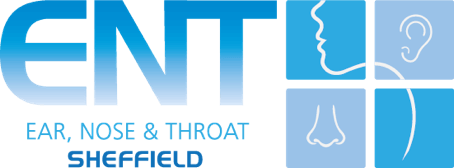Swallowing difficulties
Swallowing difficulties, also known as dysphagia, can range in severity from having problems swallowing certain foods and drinks to being unable to swallow at all. Signs of dysphagia include choking or coughing when eating or drinking, bringing food back up, persistent drooling, the inability to chew properly, a sensation that food is stuck in your chest or throat, and a wet-sounding voice when drinking or eating. If left untreated, dysphagia can cause repeated chest infections and weight loss.
If you are experiencing swallowing difficulties, you should seek medical attention if it is accompanied by:
- Breathing difficulties
- Weight loss
- A neck lump
- Choking
- A change in your voice
- Earache
- A constant sore throat
- Regurgitation of food or drink
Swallowing difficulties can lead to chest infections that need urgent medical attention.
Causes of swallowing difficulty
Swallowing difficulties can be caused by a range of problems, from damage to the structures involved in the swallowing mechanism to problems with neural control. People with nervous system diseases, such as cerebral palsy and Parkinson’s disease, often have difficulty swallowing, as do people born with abnormalities of the swallowing mechanism, such as cleft palate. Pharyngeal pouches are also a cause of dysphagia commonly dealt with by ENT surgeons.
Head, neck, or throat cancer can also cause swallowing problems, or sometimes the treatments for these cancers can cause dysphagia. For example, weakened throat muscles after surgery may mean your throat is unable to move all the food towards the stomach. Difficulty swallowing can also be caused by gastro-oesophageal reflux disease, where stomach acid leaks back up into the oesophagus and causes damage.
Swallowing difficulties treatment
Different types of dysphagia require different treatments. Doctors use a variety of tests to look at different stages of the swallowing process in order to identify the problem. They use images, videos, and X-rays of your swallowing to determine where in the process you’re having difficulties, and what changes they can suggest helping you swallow safely.
For some, the treatment could be as simple as strategies to follow while eating or drinking, for example, tucking your chin while swallowing so that food can’t enter the trachea. However, if rehabilitation strategies don’t work, medical or surgical intervention may be necessary. In extreme cases, an alternative feeding system (such as a feeding tube) must be used long-term in order to provide your body with enough nourishment.
What to do next
Scheduling an appointment is the first and most important step towards diagnosing and treating dysphagia. Rather than struggling to get medical attention due to long wait times, book a consultation with private ENT specialist Mr. Wale Olarinde today.
